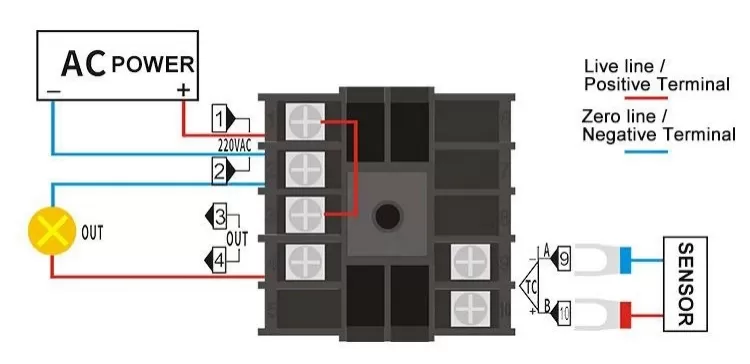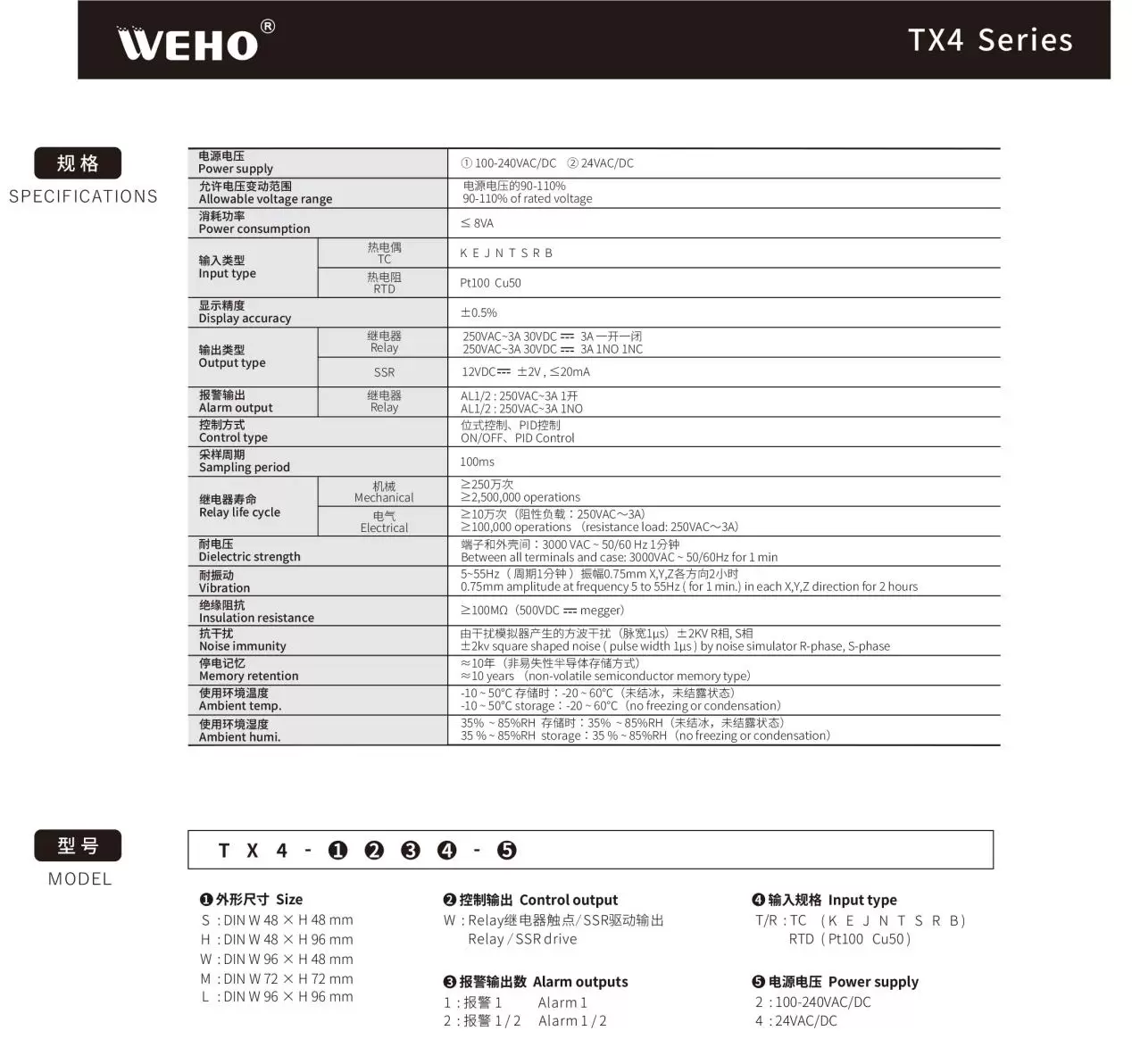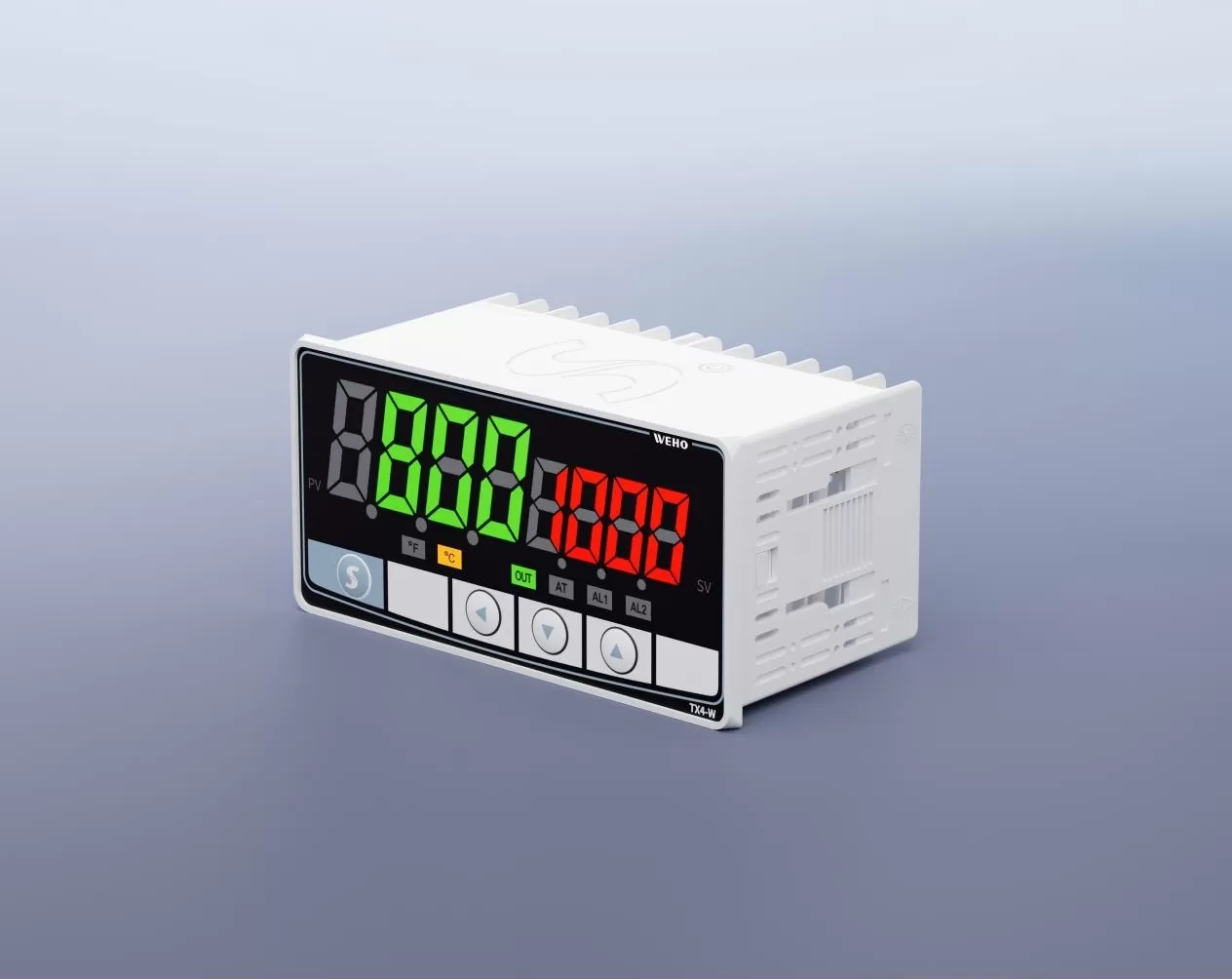Temperature controllers are an important part of many industries, including manufacturing, HVAC, and food processing.
It plays a vital role in maintaining precise and stable temperatures, ensuring the efficiency and safety of various processes.
A properly installed and maintained temperature control ensures your environment is comfortable and safe while reducing energy usage.
If you are considering upgrading or replacing your current temperature controller in your home or office, this blog post will provide helpful advice on how to do it correctly.
You will be provided with a step-by-step guide on how to properly install a temperature controller, including necessary tools and precautions.
Preparations for installing a temperature controller
Installing a thermostat is a great way to ensure your home is always at the right temperature. Before starting the installation process, it is important to perform some preparatory steps.
First, decide where to install the controller. Next, make sure you have all the necessary tools and materials on hand. You will need a screwdriver and possibly a drill depending on the installation location.
If you are unsure about any part of the process, please feel free to seek professional help or advice. With proper preparation and a little know-how, your temperature controller will be up and running in no time.
Step-by-step guide for installing a temperature controller
First, gather all necessary equipment, including temperature controllers, power supplies, wires, and temperature sensors.
Next, connect the temperature sensor to the controller and power supply, making sure all connections are tight and secure.
Then, turn on the power and program the temperature controller to your desired settings. Finally, test the controller to make sure it’s working properly and make adjustments as needed.
Tips and tricks for troubleshooting temperature controllers
Temperature controllers are vital in various industries, so it is essential to ensure that they are functioning properly at all times.
However, like any machine, they can malfunction or encounter problems. You can save time and money by following tips and tricks for diagnosing and solving temperature controller problems.
Some helpful strategies include checking wiring and connections, checking the display, and verifying setpoints.
Important safety considerations when working with electrical wiring
When working with electrical cords, safety first is paramount. To ensure a safe and efficient job, there are several important safety considerations to keep in mind. This includes wearing protective gear such as gloves and safety glasses to protect against potential electric shock or exposure to hazardous chemicals. Don’t leave yourself vulnerable to potential risks of electric shock and burns.
Before starting any work, it’s also important to double-check that all power sources are completely turned off and that you are using the correct tools. Finally, be sure to take the time to assess the area you are working in and set up ventilation to keep the air as clean as possible.
Conclusion
Installing a temperature controller is a relatively simple process that can greatly enhance temperature regulation in a variety of systems and environments. By following the manufacturer’s instructions and ensuring proper wiring and programming, users can achieve precise temperature control and optimize operating efficiency. Safety precautions must be prioritized and professional help sought when needed. If you have any questions, please tell me your comments or send us an inquiry through the website, we will always provide you with answers.











